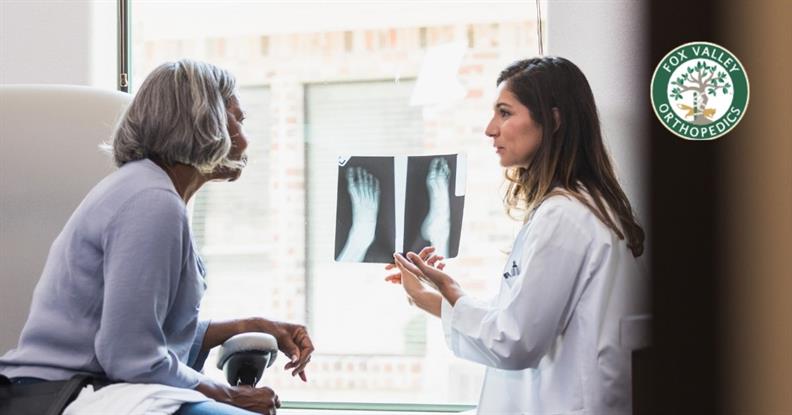What Is the Difference Between Osteoarthritis and Arthritis?
- Posted On:
Arthritis is a general term used to describe inflammation of the joints. There are many types of arthritis, but the most common forms are rheumatoid arthritis and osteoarthritis. Arthritis can affect people of all ages and may cause pain, stiffness, and swelling in the joints.
Osteoarthritis (OA) is a specific type of arthritis that affects the cartilage in the joints. Cartilage is the protective tissue that covers the ends of bones and allows them to move smoothly against each other. In osteoarthritis, this cartilage breaks down and wears away, causing the bones to rub against each other. The bones rubbing together results in pain, stiffness, and joint mobility loss. Osteoarthritis is the most common form of arthritis, often called the “wear and tear” arthritis.
Osteoarthritis Symptoms
One key difference between osteoarthritis and other forms of arthritis is the gradual development of pain. Unlike inflammatory arthritides, which can cause sudden and severe discomfort, the pain from osteoarthritis typically builds up for months or even years. Activities that pressure the joints, such as running or prolonged walking, can exacerbate the pain. Additionally, joint swelling and discomfort tend to increase slowly over time. In more advanced stages of the disease, individuals may also notice a crunching or grinding sensation in their affected joints. Unlike inflammatory conditions, like rheumatoid or psoriatic arthritis, osteoarthritis does not typically cause prolonged morning stiffness.
People with osteoarthritis may experience increased symptoms, such as pain and stiffness, during cold, damp weather. Compared to other forms of arthritis, osteoarthritis typically does not cause severe inflammation, redness, or warmth in the affected joints. It also tends to affect only a few joints rather than multiple joints. If these symptoms are present, it may indicate a different type of arthritis or underlying condition.
Additionally, osteoarthritis is more common in weight-bearing joints, such as the knees, hips, and spine, whereas other forms of arthritis can affect any joint in your body.
Learn more about osteoarthritis.
Learn more about the most common types of arthritis.
Arthritis Diagnosis
To begin the diagnosis process, your doctor will review your medical history and perform a thorough physical examination of the affected joints. This may include assessing range of motion, strength, and visible abnormalities. Doctors may request imaging tests such as X-rays, CT scans, MRIs, or DEXA body scans. For further diagnosis, blood tests may be used to analyze inflammation markers and the presence of certain antibodies.
Arthritis Treatment
There is no cure for any type of arthritis. However, various management techniques are available to help alleviate symptoms, minimize pain, and improve quality of life. These can include medication, physical therapy, lifestyle changes, and surgery in severe cases.
The treatment approaches for osteoarthritis typically include a combination of over-the-counter or prescription medications, exercise, physical therapy, and lifestyle modifications. When these non-invasive methods are insufficient, Corticosteroid Injections and surgery may be other options to explore.
It is important to consult your doctor to determine the best treatment plan for your individual needs.
Contact Fox Valley Orthopedics Today
If you are experiencing pain or other symptoms of arthritis, let us help you. Contact our orthopedic specialists online or call (630) 584-1400.



